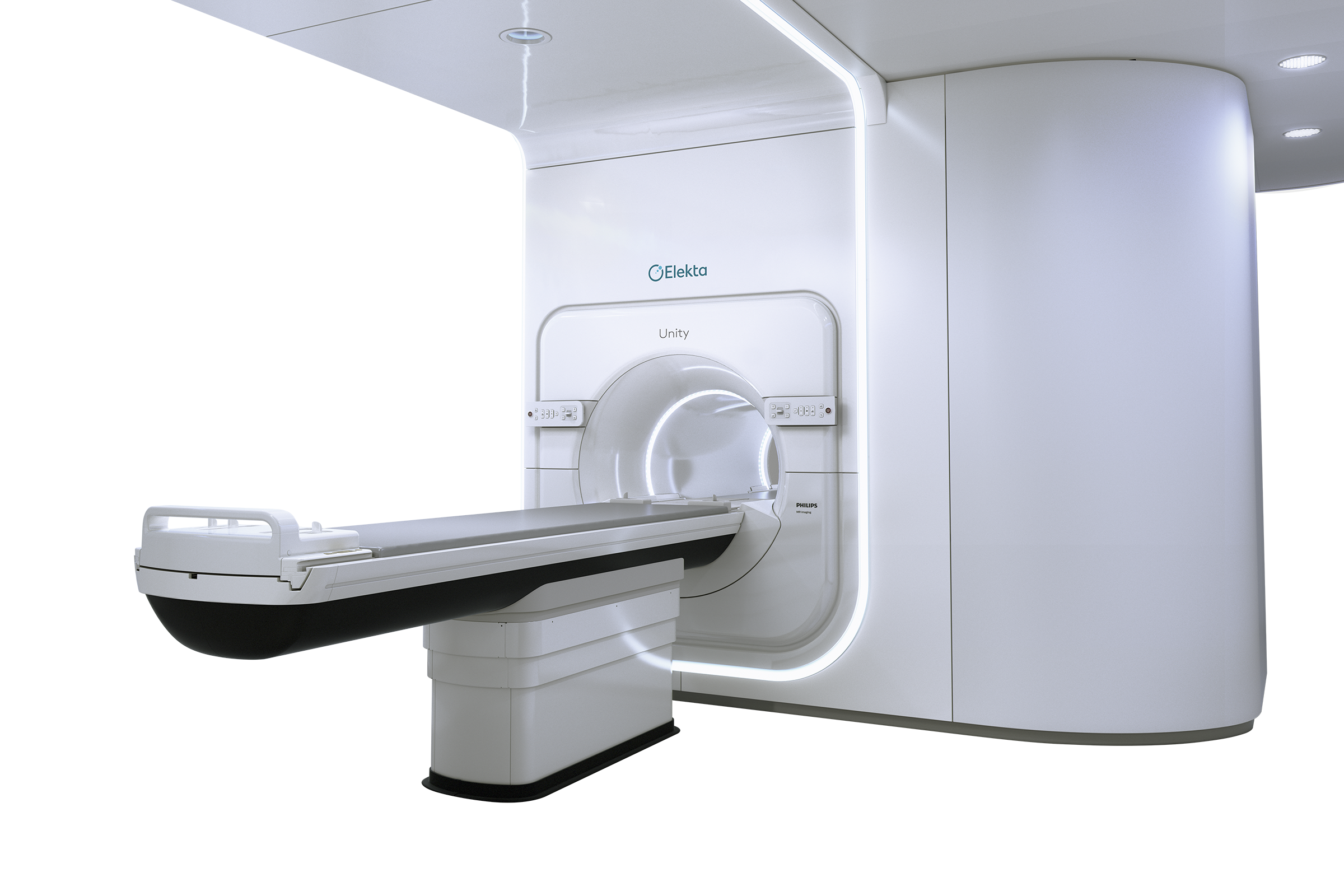Award-winning Abstracts Support Benefits of MR-guided RT with Elekta Unity
 Twenty-two abstracts at ASTRO 2021 were presented supporting the differentiated technical capabilities of MR-guided radiation therapy with Elekta Unity. Three of them received awards, adding to the growing body of data manifesting Elekta Unity’s unique capabilities, to the benefit of patients around the world.
Twenty-two abstracts at ASTRO 2021 were presented supporting the differentiated technical capabilities of MR-guided radiation therapy with Elekta Unity. Three of them received awards, adding to the growing body of data manifesting Elekta Unity’s unique capabilities, to the benefit of patients around the world.
Lionel Hadjadjeba, President MR-Linac Solutions, said, “In Unity, we have developed a system that is truly ground-breaking. We believe Unity offers the best opportunity for clinicians to create new treatment paradigms and make a difference to the patient. The abstracts presented at ASTRO confirm this – Unity enables clinicians to see the difference and enable opportunities for better patient outcomes.”
“Elekta’s aim is to ensure that all patients have access to the best cancer care possible, and Elekta Unity is very important in this fulfilling this mission,” said Dr. John Christodouleas, Elekta’s Senior Vice President of Medical Affairs and Clinical Research. “Elekta Unity is at its core an information-generating linear accelerator, one that gives clinicians information about anatomy, dose and biology. This information can be used to improve the precision of radiotherapy and optimize the online adaptive workflow. The science presented at ASTRO underscore the power of the Elekta Unity to generate information to achieve these critical goals.”
The award-winning abstracts include one that received an ASTRO Recognition Award, Real-Time Motion Tracking based on Orthogonal Cine MRI During MR-guided Radiation Therapy for Prostate Cancer. This abstract describes a study designed to assess the feasibility of tracking intrafraction prostate motion with a research version of Elekta’s algorithm using 2D and 3D MR images acquired during MRgART in six patients with prostate cancer. For each patient, a template was initially created to register a set of 2D images with a 3D reference image. Motion tracking of the prostate was then performed by registering incoming 2D images with the template. In the six patients in which the algorithm was evaluated, overall tracking was robust. The algorithm was also quantitatively validated in two patients, one of whom had continuous motion drift of the prostate over a 600-second period that was accurately tracked. These results demonstrate the feasibility of using Elekta Unity for real-time tracking of prostate motion without the need for fiducials. With further validation in additional patients, this technique may be used to manage intrafraction motion in patients undergoing MR-guided adaptive radiation therapy (MRgART).
Two abstracts received Basic/Translational Science Abstract Award. One was titled, Automatically determining necessity of online adaptive replanning based on MRI wavelet multiscale texture features for MRI-guided adaptive radiation therapy. This abstract describes the successful evaluation of a machine learning model to automatically determine the necessity of OLAR. The method was developed and demonstrated using 70 daily motion average MRI sets acquired on Elekta Unity from 14 patients with pancreatic cancer treated with five fractions of radiation therapy. Results of the evaluation identified a best-performing, three-feature combination that can predict OLAR necessity with a very high degree of accuracy (AUC = 0.95). Use of this automated approach can help avoid unnecessary work in delivering precision MRgART.
The second Basic/Translational Science Abstract Award was titled, A Deep Learning-based Automatic Contour Quality Assurance Pipeline for Complex Anatomy on MRI. This abstract describes a novel deep learning (DL)-based automatic contour quality assurance (ACQA) pipeline developed specifically for use in treating complex organs that have inherent anatomical variations and display variable intensity on MR imaging. A total of 139,320 sample images were generated for model training and 4,826 for pipeline testing. The median accuracy/F1 score was 0.89/0.91 and the execution time for contour testing was less than one second. These results demonstrated that the proposed DL-ACQA pipeline can quicky and automatically identify accurate and inaccurate contour slices after auto-segmentation of complex anatomy. Further development and integration of this pipeline into current radiation therapy workflows may facilitate efficient and accurate segmentation in routine treatment planning or MRgART.
Dr. Christodouleas added, “It is gratifying to see that three abstracts from our research collaborators were identified for special recognition for their importance and quality. These abstracts show how MRI can be used to track tumor and anatomic motion in real time, determine when online adaptive replanning is needed, and facilitate efficient and accurate treatment planning. Of course, we are still just scratching the surface and I look forward to seeing how our community revolutionizes care, leveraging the unparalleled insights that high-field MR can bring to the online setting.”